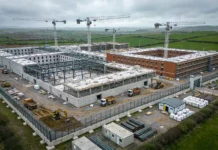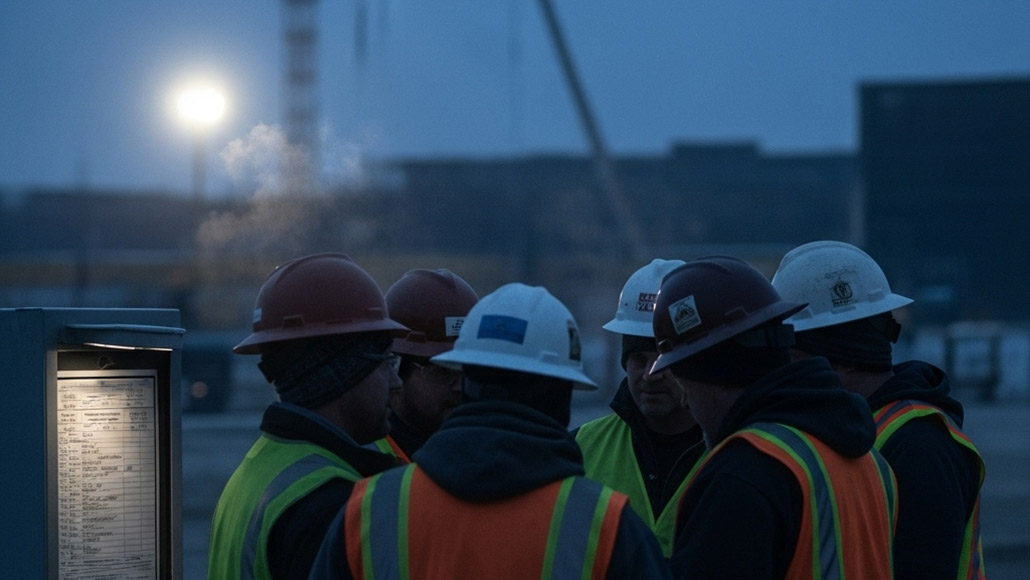The summer has been quite a disappointing one for the labor market in the United States. Not only were there just 22,000 new net jobs that were added in August 2025, but for the first time ever since December 2020, jobs were lost in June 2025. The onset of the winter of employment had indeed been a reality for quite a while in some sectors of the economy, like that of manufacturing and the mining as well as the oil sectors. It also happened within construction, where there were job losses in the last three months that were confirmed on September 12.
This is an area of the economy where almost 34% of workers happen to be foreign-born, and the onslaught of anti-immigration policies is going ahead and opening a deep rift, which goes on to affect not only them but also, at the same time, the U.S.-born workers, businesses as well as ongoing projects.
There are a number of construction industry firms that have apparently attested to this situation in one of the late August 2025 surveys that was conducted by the Associated Contractors of America as well as the National Center for Construction, Education and Research – AGCE and NCCER, respectively. Almost a third of the companies reported that they had been directly or indirectly affected because of labour shortage due to U.S. immigration policies in the last half year, compounding the problem that was faced by 92% of respondents, who went on to report finding it difficult to get workers. Especially, there were 5% of respondents who said that their site had been raided by the immigration agents, and another 10% had seen their workers leave because of rumors of possible action by the authorities.
The fact is that these raids don’t just affect the individuals without work authorization. Ken Simonson, the AGCE Chief Economist, goes on to explain that many immigrants having work authorization also happen to fear Immigration and Customs Enforcement – ICE due to the fact that a raid could affect their family members or even other nearby communities at risk if they were dragged in due to a mass arrest. 20% of respondents say their subcontractors have also lost employees. The most affected states are Alabama, Georgia, Virginia, and Nebraska, as well as South Carolina.
It is well to be noted that the Federal Reserve has also acknowledged this sort of complication arising from the actions of the ICE. Recently, the monetary authority went on to publish its latest report pertaining to regional economic conditions, which is so-called the Beige Book, in which it has been referred to over a dozen times as the problems that anti-immigration action happens to be creating in the labor market across the twelve Fed districts.
According to the report, half of the districts went on to note that contacts reported a decrease in the availability of immigrant labor, with Richmond, New York, St. Louis as well as San Francisco underscoring its impact on the construction industry. Especially in the case of the New York Federal Reserve, it went on to note that the dip in immigrant workers has gone on to lead to project delays. There are solutions that are looked out for. Some employers are choosing to offer four-day workweeks so as to retain their workers, said the report.
When it comes to the Richmond Fed, which happens to include North and South Carolina, Virginia, Washington, D.C., Maryland, as well as most of West Virginia, difficulties regarding finding workers among the immigrants within this sector have already increased. There happen to be many construction contacts that have encountered increased challenges in finding workers because of the available immigrant labor pool, and they were not optimistic with regard to the future labor availability, says the Beige Book.
It is worth noting that the lack of immigrant labor not just fails to open the doors to American-born workers, but it at the same time negatively affects them, says economist Ben Zipperer at the Economic Policy Institute (EPI), which happens to be a progressive think tank. In one of the recent reports, he explained that the deportations also happen to affect the national workers in numerous ways. One of the most significant is the breakdown of the complementary ties that happen to exist in jobs that involve both foreign and native-born labor. The labor chain is now broken when there are fewer immigrant roofers as well as framers, so as to build the basic structure of homes, there is sure to be less work available for U.S.-born electricians and plumbers, therefore providing an example that can be applied to certain other industries and hence in a way cuts throughout several sectors. The reduction within the immigrant population as well as its activities also decreases the consumption and investment, which in a way decreases the job creation.
Apparently, the official figures pertaining to on-job demand as well as openings and hires, along with resignations compiled by the Bureau of Labor Statistics (BLS), go on to complete the employment picture. The so-called JOLTS report for July 2025 happens to reflect as to how job openings throughout the country are dipping all across, but, counter-intuitively, they have also seen the surge in the construction sector. Especially they went on to rise from 242,000 in June 2025 to 306,000 in July 2025. This happens to be 77,000 more job openings as compared to the same month in 2024.
It is well to be noted that the industry economists do acknowledge that these happen to be highly volatile data; however, Anirban Basal, the chief economist at Associated Contractors and Constructors—ABC, went on to explain in a note that bids have, as a matter of fact, grown to the highest level in over a year. Due to the continued decline in non-residential construction spending, this sort of increase in bids can very well be attributed to labour shortage due to U.S. immigration policies along with its effects on the labor force, and not the increased demand when it comes to the construction workers.
Simonson from AGCE opines that these job postings go on to contain numerous anticipated jobs that require to be filled for certain other phases of construction; however, other data from the JOLTS report demonstrates the deterioration for the sector, like the ones referring to people who are leaving their jobs due to the fact that they have a better option. Job turnover for such employees happens to be the lowest in nine years, thereby suggesting concerns pertaining to job security in a very challenging labor environment and at the same time the tariff costs. According to Simonson, there are no opportunities.
The current labor shortage happens to be the main reason why the projects of all sorts are experiencing major delays, as there are not enough qualified workers to get hired. Apparently, 78% of firms that have been surveyed by AGCE as well as NCCER say that they have at least one project that has been delayed in the last 1 year, and 45% attribute this to a shortage of workers and their subcontractors.





























